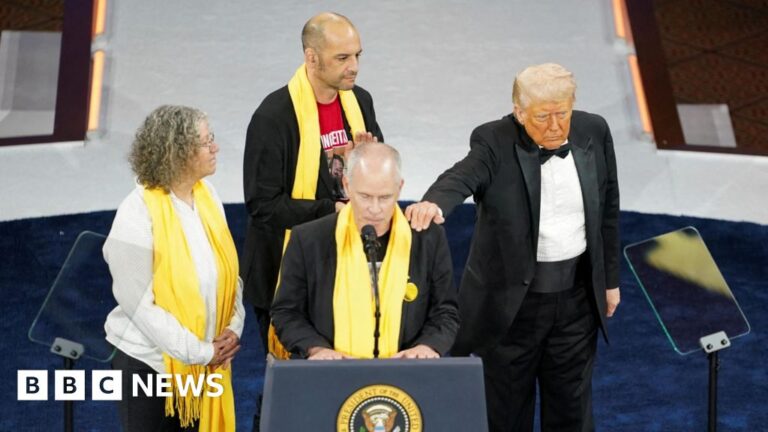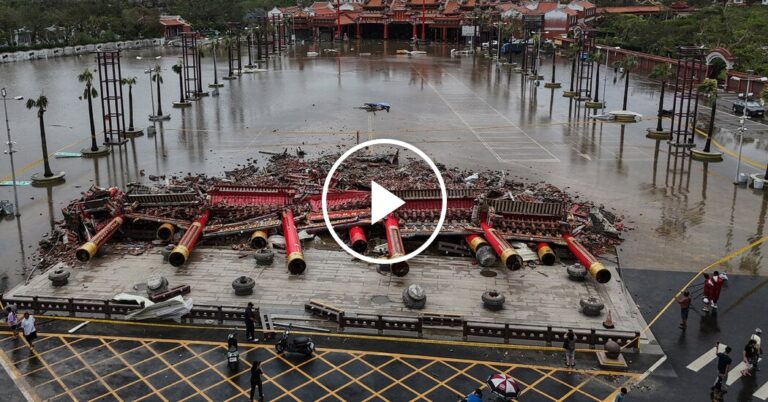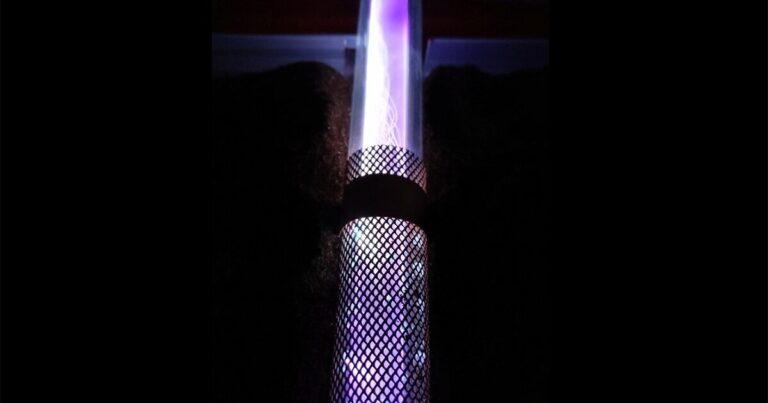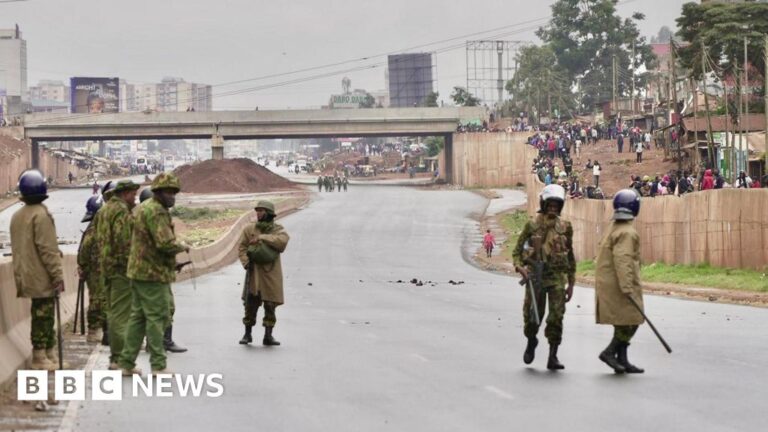Hezbollah has rejected disarmament while Israel continues to attack Lebanon, after US calls for it to give up weapons in four months.
A senior United States envoy has praised the Lebanese government’s response to a US proposal aimed at disarming Hezbollah amid Israel’s continued military presence in the country.
Thomas Barrack, an adviser to US President Donald Trump who serves as Washington’s ambassador to Turkiye and special envoy for Syria, returned to Beirut on Monday after delivering the US proposal during a June 19 visit.
The plan called for the Shia Lebanese group Hezbollah to fully disarm within four months in exchange for a halt to Israeli air strikes and the full withdrawal of Israel’s military from the five positions it continues to occupy in southern Lebanon.
“What the government gave us was something spectacular in a very short period of time,” Barrack told reporters on Monday after meeting Lebanese President Joseph Aoun. “I’m unbelievably satisfied with the response.”
While Barrack confirmed that he had received a seven-page reply from the Lebanese side, he offered no details on its contents.
Barrack said that he believed both Lebanon and Israel were seeking a path toward de-escalation. “Both countries are trying to give the same thing – the notion of a stand-down agreement, of the cessation of hostilities, and a road to peace.”
The remarks come as tensions remain high as Israel continues to bombard Lebanon despite agreeing to a ceasefire in November.
The conflict between Israel and Hezbollah erupted in October 2023 after the Lebanese group attacked Israel in solidarity with the Palestinian group Hamas in Gaza. It spiralled into full-scale conflict by September the following year, killing more than 4,000 people – including Hezbollah leader Hassan Nasrallah and other senior officials – and displacing nearly 1.4 million people, according to Lebanese authorities.
Lebanon’s president and prime minister – both installed earlier this year – have promised to strengthen the state and the army, and said that Hezbollah, long viewed as the most powerful military force in Lebanon, must not be more powerful than the government.
However, Israel has continued to strike Lebanon, claiming its operations are aimed at preventing Hezbollah from rearming. Lebanese health officials say around 250 people have been killed and more than 600 wounded in Israeli attacks since the ceasefire.
Hezbollah has not issued a formal response to the US proposal. However, its leader, Naim Qassem, said on Sunday that the group would not disarm while Israel continued its aggression.
“We cannot be asked to soften our stance or lay down arms while [Israeli] aggression continues,” Qassem told thousands of supporters during Ashura commemorations in the southern suburbs of Beirut.
Barrack acknowledged that Hezbollah would need guarantees that it could continue operating as a political force within Lebanon.
But signs of de-escalation were absent on the ground. Just hours before Barrack’s arrival, Israel launched a wave of air strikes on southern and eastern Lebanon and carried out a ground invasion into a border village.
Lebanese officials and diplomats said the latest military action appeared to be an attempt to increase pressure on Hezbollah ahead of diplomatic discussions.
On Saturday, Lebanon’s Ministry of Public Health reported that an “Israeli enemy drone attack on a vehicle” in the Saf al-Hawa area of southern Lebanon’s Bint Jbeil killed one person and injured two others.
Earlier that day, the ministry said a separate Israeli drone strike wounded one person in the town of Shebaa. Lebanon’s National News Agency reported the attack hit a house in the village, which lies along Lebanon’s border with Syria and the Israeli-occupied Golan Heights.
The ministry said another Israeli drone strike targeted the town of Chaqra in Bint Jbeil, wounding two people, while on Thursday, an Israeli attack killed at least one person and injured three near the Lebanese capital, Beirut.




















